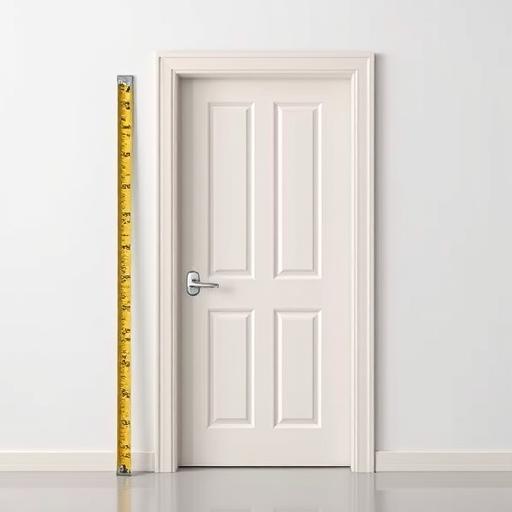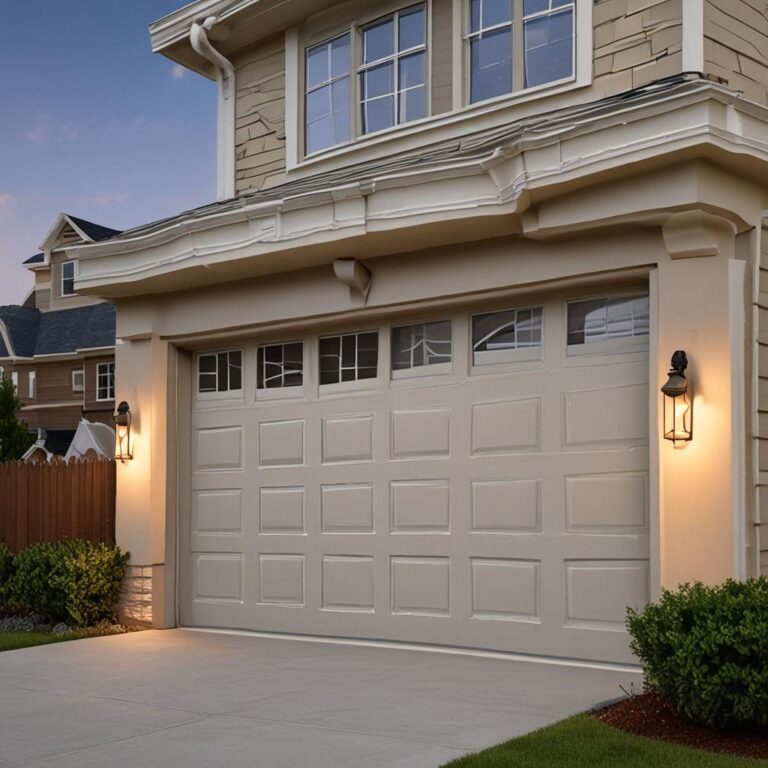How To Polish Concrete Floors By Hand
Concrete floors have surged in popularity, becoming a staple in modern homes and businesses. Their sleek appearance, combined with exceptional durability, makes them an attractive choice for any space. Polishing these floors not only enhances their aesthetic appeal but also significantly improves their longevity. Polishing by hand offers a cost-effective and personalized approach to achieving stunning results. This blog post presents a comprehensive, step-by-step guide to polishing concrete floors by hand, empowering you to transform your space with confidence.
Understanding Concrete Floors and Polishing
Characteristics of Concrete Floors
Concrete floors are composed of cement, aggregate, and water, resulting in a robust and versatile surface. Different types of concrete floors exist, varying in texture, color, and finish, each offering unique design possibilities. Understanding the specific characteristics of your concrete floor is crucial for selecting the right polishing techniques and materials.
Advantages of Polishing Concrete Floors
Polishing concrete floors offers a multitude of benefits. Polished concrete is incredibly durable and requires minimal maintenance, saving you time and money. It also boasts aesthetic versatility, allowing for various colors and finishes to complement any design. Furthermore, polishing is a cost-effective solution compared to other flooring options.
When and Why You Should Polish Concrete Floors By Hand
Polishing concrete floors by hand is ideal for smaller projects and tight spaces where larger machinery might be impractical. The process allows for cost-efficiency, eliminating the need to rent expensive equipment. Moreover, it offers a personal touch, enabling you to achieve unique, customized results that reflect your style.
Preparation: Before You Start Polishing
Assessing the Existing Concrete Floor
Before you begin, carefully inspect your concrete floor for any cracks, stains, or existing damage. Determining the concrete’s strength and current design, such as exposed aggregate, will help you decide on the necessary polishing steps. Address any significant repairs before moving forward with the polishing process.
Gathering Necessary Tools and Equipment
For hand polishing, you’ll need a concrete grinder with variable speed settings and a selection of diamond grinding and polishing pads in various grits. A handheld scraper will help remove any residue. Don’t forget essential safety gear, including gloves, ear protection, and safety glasses, to ensure a safe working environment.
Cleaning and Preparing the Floor for Polishing
Thoroughly clean the floor to remove any debris, dirt, or existing stains. Use a concrete cleaner and a scrub brush or mop. Ensure the floor is completely dry before beginning any polishing; moisture can interfere with the process and affect the final result.
The Polishing Process: Step-by-Step
Removing the Sealant and Preparing the Surface
If there’s an existing sealant, use a concrete grinder with a coarse diamond pad to remove it. Apply consistent pressure and work in overlapping patterns to ensure even removal. After grinding, scrape off any remaining residue with a handheld scraper.
Grinding and Leveling
Choose the appropriate diamond grinding pad based on the initial condition of the concrete. Begin with a coarser grit to remove imperfections and gradually progress to finer grits for a smoother surface. Grind in overlapping sequences, changing pads as needed to achieve optimal leveling and smoothness.

Polishing to the Desired Sheen
Once the surface is smooth, switch to polishing pads to create the desired sheen. Increase the number of passes with each pad to intensify the shine. Maintain a consistent speed and pressure with the grinder to achieve an even, glossy finish. Remember to keep the pads clean to avoid scratching.

Sealing and Protecting the Polished Floor
Choose a concrete sealer appropriate for your floor’s intended use and finish. Apply the sealer evenly, following the manufacturer’s instructions carefully. Allow sufficient drying time, usually 24-48 hours, before exposing the floor to heavy traffic or moisture.
Tips and Tricks for Effective Concrete Floor Polishing
Working Efficiently and Safely
Maintain a comfortable working pace to avoid fatigue and ensure consistent results. Set up proper ventilation to minimize dust inhalation. Consider using a wet grinder to further control dust and keep the pads cool. Always wear appropriate safety gear.
Troubleshooting Common Issues
If you encounter dull or uneven spots, go back to the previous grit level and re-polish those areas. For difficult stains, use a concrete stain remover specifically designed for polished concrete. Don’t rush the process; patience is key to achieving a flawless finish.

Maintaining Polished Concrete Floors
Regular cleaning with a pH-neutral cleaner and a microfiber mop will keep your polished concrete floors looking their best. Reapply sealer every 1-3 years, depending on traffic and wear, to maintain protection and shine. Immediately address spills to prevent staining or damage.
Conclusion
Polishing concrete floors by hand is a rewarding DIY project that enhances your space’s aesthetics and durability. By following this step-by-step guide, you can achieve professional-quality results without breaking the bank. With a bit of patience and attention to detail, you can transform your concrete floors into a beautiful and long-lasting feature of your home or business. So, gather your tools, put on your safety gear, and confidently embark on your DIY concrete polishing journey!
FAQ – Frequently Asked Questions
How long does it take to polish concrete floors by hand?
The time required to polish concrete floors by hand varies depending on the size of the area, the condition of the concrete, the experience of the individual, and the desired level of polish. Small areas might take a weekend, while larger areas could span several days or a week. Factor in time for preparation, grinding, polishing, and sealing when planning your project.
Can I polish concrete floors with a buffer instead of a grinder?
While a buffer can be used for maintaining the sheen of already polished concrete, it’s generally not suitable for the initial grinding and leveling process. Grinders have more power and can accommodate the aggressive diamond pads needed for removing imperfections and achieving a smooth base. Buffers are better suited for light polishing and maintenance.

Is it possible to polish outdoor concrete surfaces?
Yes, you can polish outdoor concrete surfaces, but consider the challenges. Outdoor surfaces are subject to weather exposure, which can affect the polishing process. Special sealers designed for outdoor use are essential to protect against the elements. The polishing process is similar, but it may require more frequent maintenance.
How much does professional concrete floor polishing cost?
Professional concrete floor polishing costs vary depending on the size of the area, the complexity of the project, and the location. Prices can range from $3 to $12 per square foot. Consider hiring a professional for large projects or if you lack the necessary experience or equipment. Weigh the cost against the time and effort involved in DIY polishing.
Can I use a homemade concrete polishing solution?
While some DIY enthusiasts experiment with homemade concrete polishing solutions, commercial products typically offer superior results. Commercial solutions are formulated with specific chemicals and abrasives designed to effectively polish concrete without causing damage or discoloration. While homemade solutions may offer a temporary shine, they might not provide the long-lasting durability and protection of commercial products.







